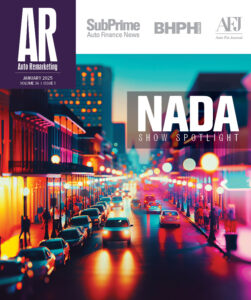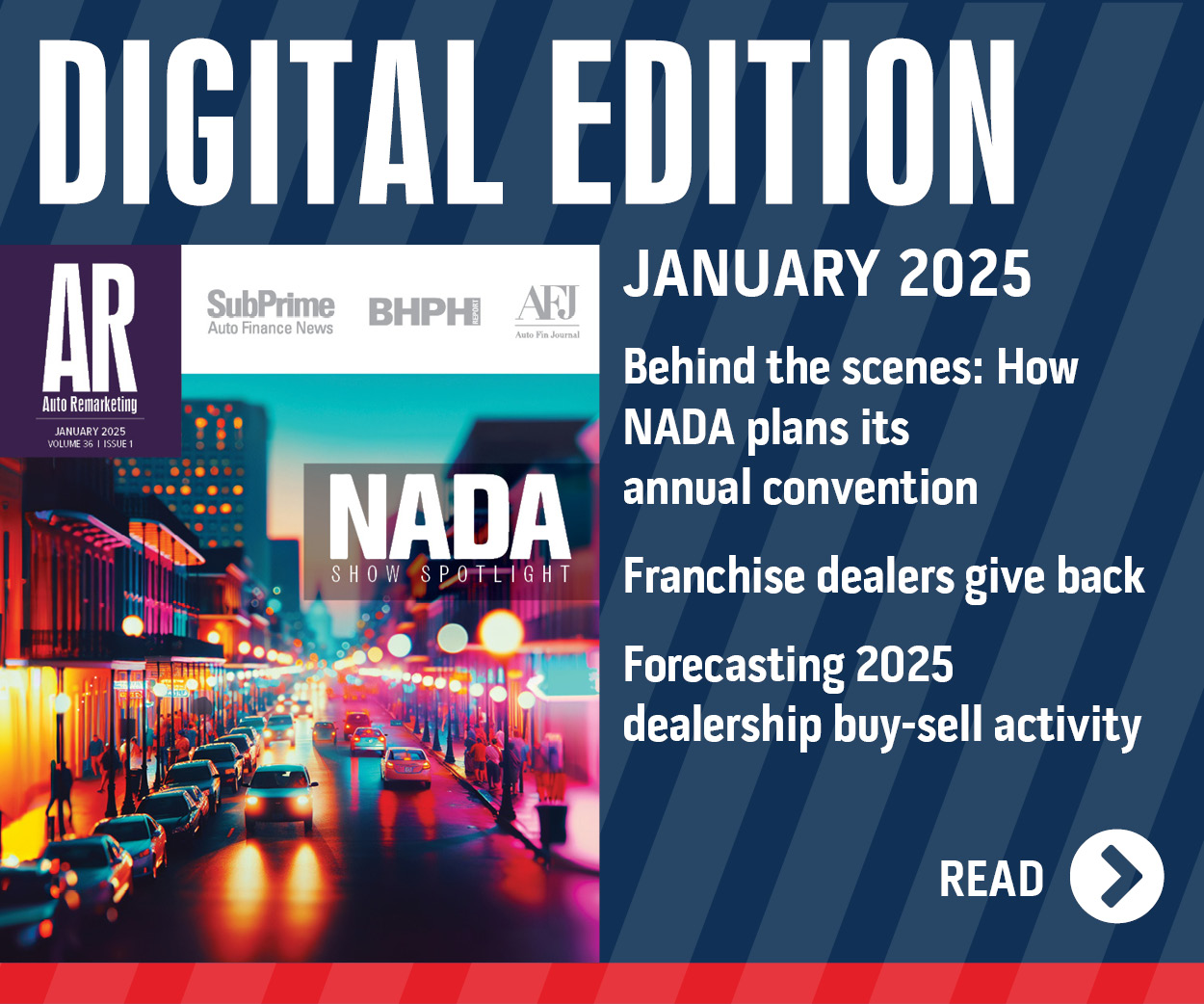J.D. Power: Automaker Websites Need Balance Between Branding, Usability
WESTLAKE VILLAGE, Calif. — According to J.D. Power and Associates automaker websites that focus primarily on brand image promotion and interesting design might be hindering vehicle shoppers.
Instead, J.D. Power indicated OEM websites that concentrate on a consumer's usability to search for information scored much better in its 2010 Manufacturer Website Evaluation Study — Wave 2 released Tuesday
To illustrate these points, analysts shared what they believe to be two high-performing sites, Honda and Kia. They explained each website hones in on usability and allow shoppers to access information quickly and easily.
As a result, J.D. Power determined both Honda and Kia perform well in each of the four measures examined in the study: speed, appearance, navigation and information/content.
In fact, Honda ranked highest among manufacturer websites for usefulness in new-vehicle shopping. The nameplate earned an index score of 871 on a 1,000-point scale. Following Honda in the rankings were Kia (868), Mazda (866), Acura (860) and Infiniti (860).
J.D. Power explained its semi-annual study is geared to finding websites that focus on usability, in addition to providing branding and design features that are the most successful in satisfying vehicle shoppers.
Arianne Walker, director of marketing and media research at J.D. Power, elaborated about why Honda and Kia rose to the top of the company's analysis.
"The Honda and Kia websites are prime examples of particularly straightforward sites that focus on providing appropriate information to shoppers easily and quickly, which has been a crucial element in their strong MWES performances during the past 12 months," Walker noted
In contrast, analysts contend some of the lowest-ranking websites use edgier, brand-centric designs that put marketing goals ahead of meeting shopper needs. Given this, J.D. Power indicated that these sites perform particularly poorly in the appearance measure, while certain design elements on these sites hinder speed, ease of navigation and user access to information and content.
To back up the claims, J.D. Power pointed out that some poor performing websites feature links to streaming music and options for selecting the background scheme, which distract users from vehicle shopping.
The company also noticed that some websites deviate from traditional pull-down menus in an effort to incorporate brand logos into the site design, potentially forcing shoppers to learn an entirely new navigation scheme.
"Sites can miss the mark when traditional navigation is ignored for the sake of including interesting design features," Walker declared.
"Shoppers expect sites to function a certain way based on their experiences with other websites," she continued. "Failing to follow navigation conventions often makes it difficult for website shoppers to find the information they seek."
Despite the fact that vehicle shoppers might struggle on a few sites, the J.D. Power study also indicated that for other sites it can be a different story. Other sites apparently manage to achieve a more equitable balance between incorporating unique design elements and usability.
One example analysts highlighted was Mini's website. They said this site uses a branding-oriented design scheme and non-traditional visual elements and images, but it's balanced by the use of traditional navigation menus throughout.
"The desire to provide a sense of the brand and personalities for the vehicle models depicted on the website can and should be considered when establishing a Web presence," Walker pointed out.
"However, achieving success in this area is highly dependent upon balancing strong visual branding with intuitive usability," she added.
J.D. Power said its study is based on evaluations from more than 10,621 new-vehicle shoppers. These potential buyers indicated they will be in the market for a new vehicle within the next 24 months.
Data for the study was gathered in May.

 View The Latest Edition
View The Latest Edition

